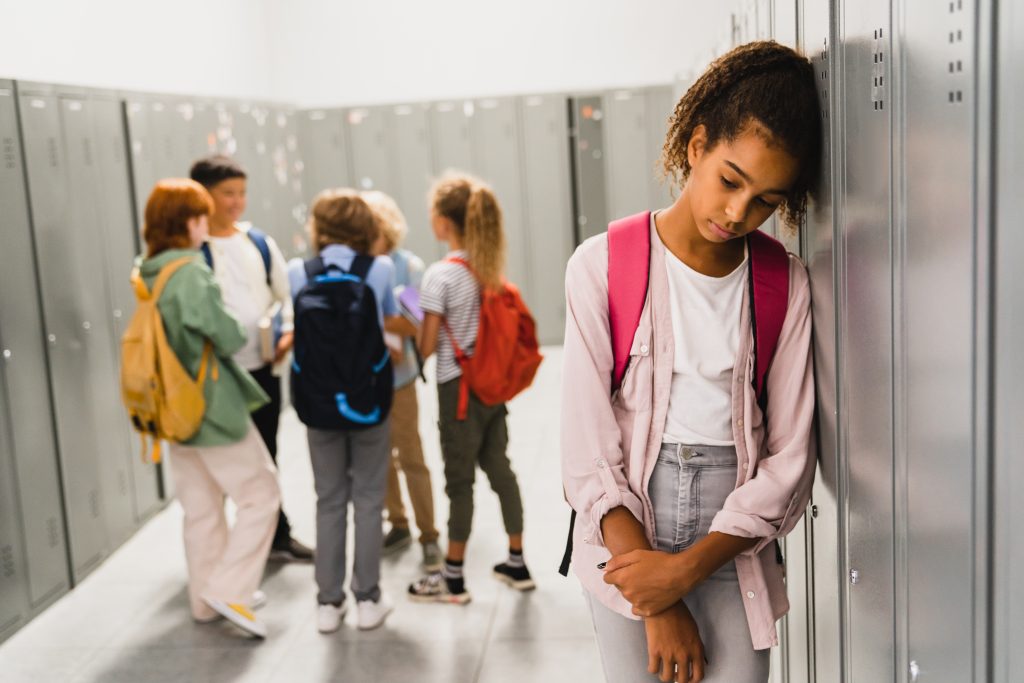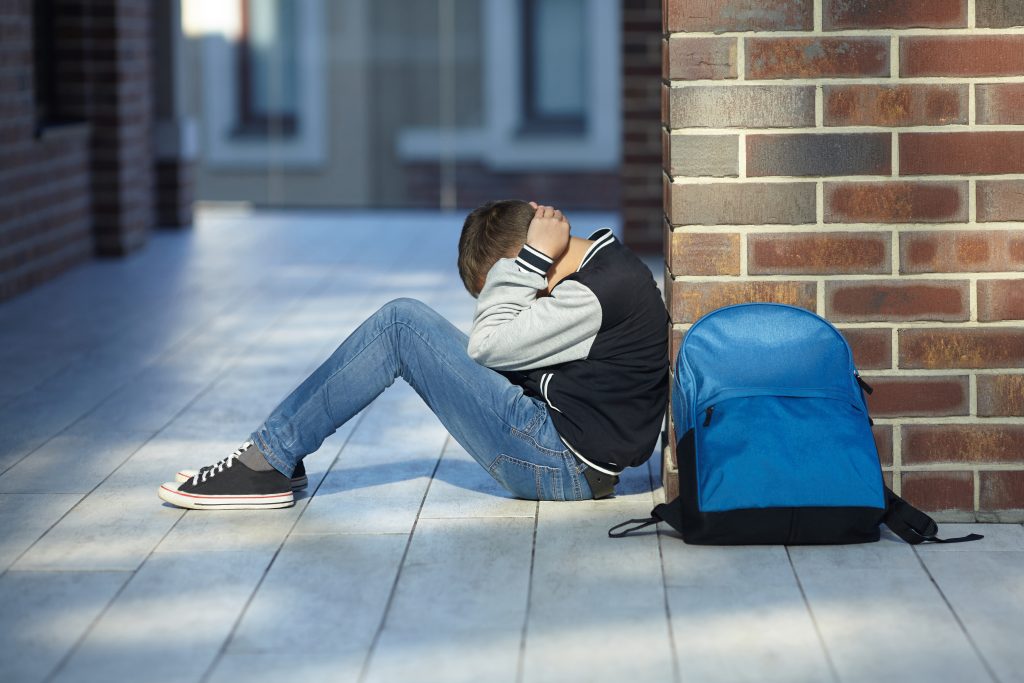In Crisis? contact the idaho Crisis & suicide hotline - Call Or Text
Or Chat At 988lifeline.org/chat/
Menu
Schools can convey that they value and care for their students and staff by implementing best practices’ suicide prevention, intervention, and postvention plans. The best intervention programs are successful because good training precedes them, allowing school communities to identify students at risk quickly and safely and to follow-up regularly and monitor these students. Thankfully, good prevention and intervention lessen the need for postvention programs.
IDAPA 08.02.03.160 states that “the State Board of Education rule requires that each school district adopt, and review annually, a comprehensive district-wide policy and procedure encompassing…7. Suicide Prevention…” among others. The following information is derived from best practices in school suicide prevention including: Madison Metropolitan School District guidelines; Maine Youth Suicide Prevention; Youth Suicide Prevention; Intervention & Postvention Guidelines; The Maine Youth Suicide Prevention Program, 2006; the California State Department of Education guidelines; the Florida Mental Health Institute guidelines; the Substance Abuse and Mental Health Services Administration; Why People Die by Suicide, Thomas Joiner, PhD, 2005; and the Idaho Schools and Suicide Work Group, a sub-committee of the Idaho Council on Suicide Prevention.

For More Information see Suicide Prevention in Schools: Legal Considerations and Liability
NO STUDENT with any risk level SHOULD BE SENT HOME ALONE. The student should be accompanied by an adult who is informed of the situation and who will provide a list of resources. The adult cannot leave the child until he/she is in custody of a parent or guardian.

Assessment tool
Each school must find the best risk assessment tool to fit its needs and train its student services staff. The assessment should involve:
The use of no-suicide contracts is not recommended. Such contracts normally consist of a written agreement between a person deemed at risk and their counselor/therapist in which the person at risk agrees not to attempt suicide. The contracts are not recommended for several reasons. No-suicide contracts tend to be worded to instruct the person at risk what NOT to do rather than what TO do. Second, there is no research demonstrating that these contracts work. There are, however, studies showing that they do not work well and even one study suggesting they could be associated with more self-harm. (Joiner, 2005) Lastly, no-suicide contracts are not binding legal documents and will provide no immunity from liability. Recommended instead is the use of care cards. A care card comprises a concise, user-friendly crisis plan with a few simple statements. The development of the card itself can help to dilute the intense distress often experienced during intervention. Care card statements can be written on an index card, piece of paper, typed and printed on card stock, or anything else that can be easily kept on one’s person. Cards should focus on increasing feelings of belongingness and decreasing feelings of burdensomeness/ineffectiveness. (Joiner, 2005) See Sample Care Card.
When anyone has reasonable cause to suspect that a student has been or is likely to be abused or neglected, s/he must make a report of suspected abuse or neglect to the proper authorities. In Idaho, school staff, as well as all adults, are mandated reporters. In Idaho, call 211 to report child abuse or your local police. If a school staff member determines that a student under age 18 appears to be at risk of attempting suicide, and the parent/guardian refuses to obtain services for him/her, a report should be made to the Department of Health and Welfare (DHW) for emotional abuse (failure to seek necessary mental health treatment), which may place the child at risk of serious harm. DHW will conduct an assessment to determine if abuse or neglect exists and will engage the family voluntarily in meeting the treatment needs of the child.
Separate the suicidal student from lethal means if the means are on or near the student. For example, if a weapon is near the student, such as in a backpack., leave the backpack and take the student to another room. Be sure authorities are alerted. See below. If student has pills on him/her, ask if you can hold the pills for him/her while you are talking. Call the police when the student is in possession of a weapon, such as a gun, knife, or other dangerous item. Secure the area and prevent other students from entering the room or area or by removing students to the hall or other classrooms. Since lethal means must be removed without putting anyone in danger and remain least restrictive, immediately notify your school resource officers or local law enforcement agency. Law enforcement officers have special training to de-escalate a situation that can very quickly become dangerous. If a student requires evacuation by ambulance, the police need to be notified.
on school premises

A severe, life-threatening suicide attempt off school premises can also have a significant impact on the student body. To prevent a crisis from escalating among students, it is important that school personnel follow these steps, or implement your school district’s crisis plan.
If you are interested in volunteering with us on a regular basis, please fill out the form. You may also join us at our monthly community meetings which are held the first Thursday of each month. See our events page for more information.
Support Community Suicide Prevention Through A Donation
Click here to see how Get Found First can help your business